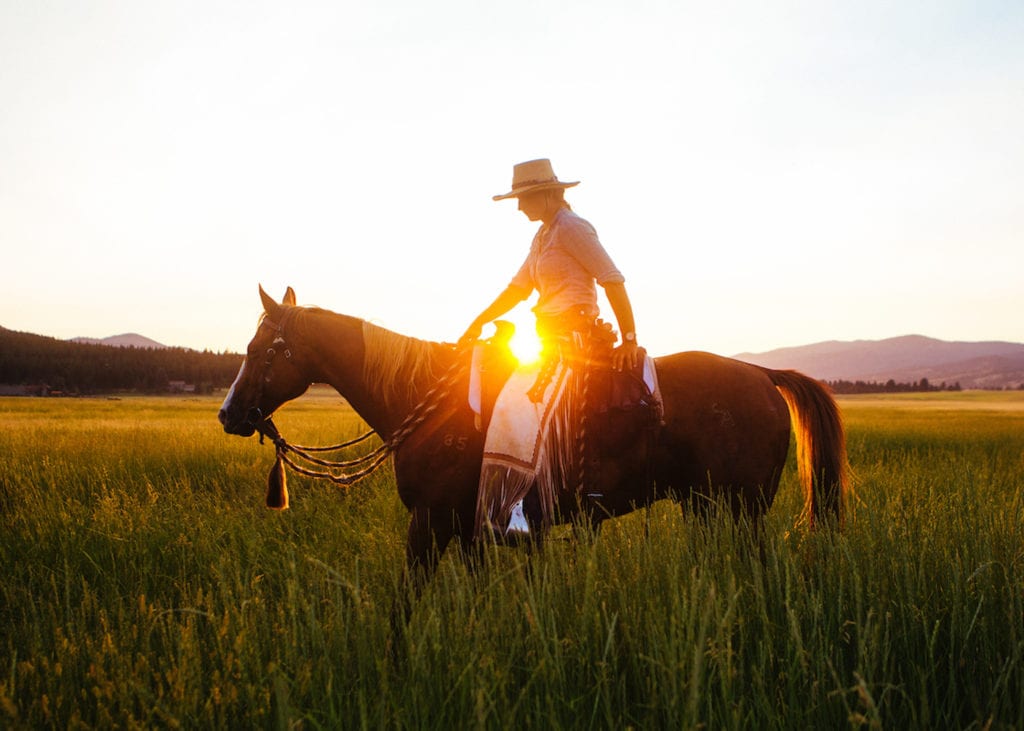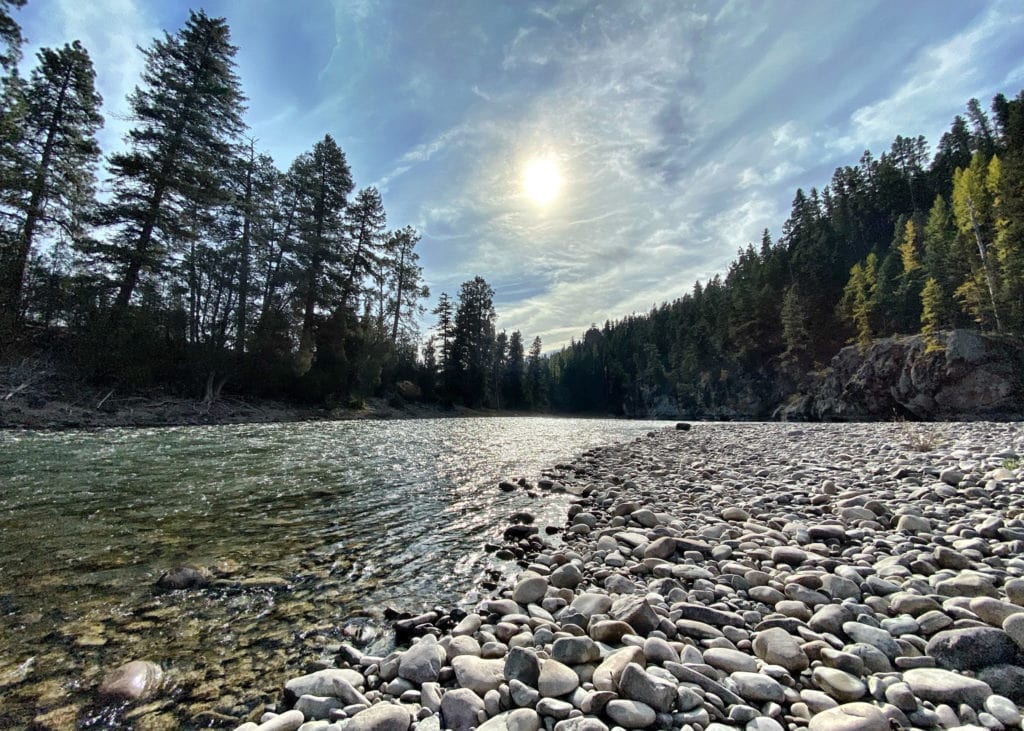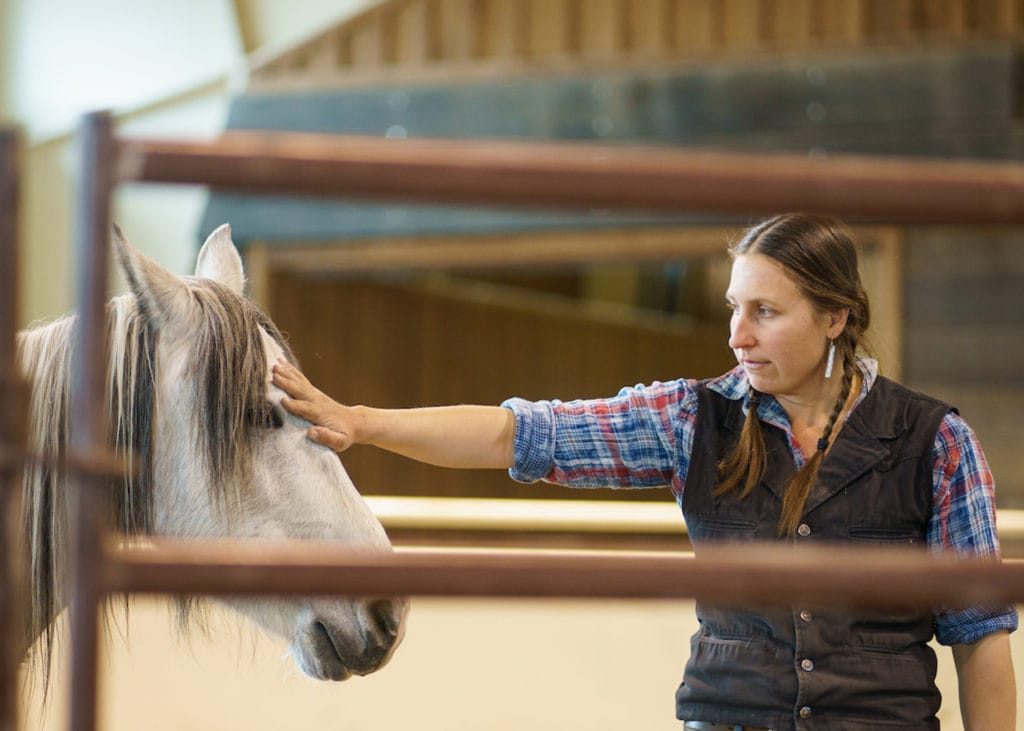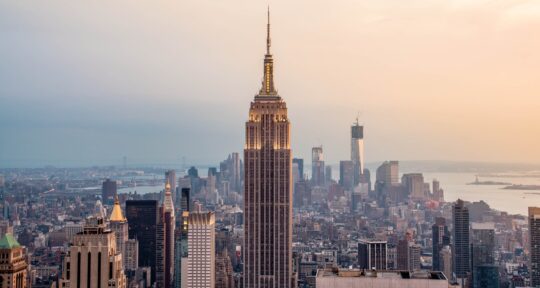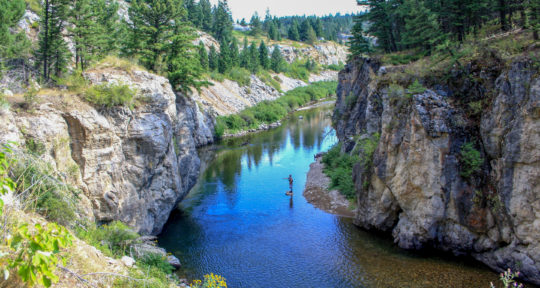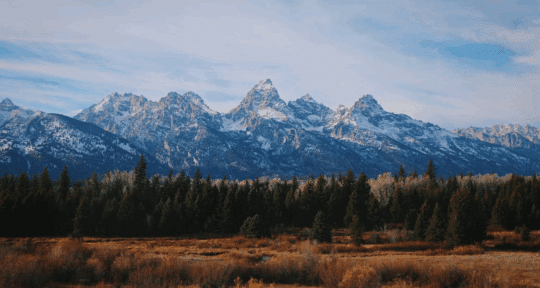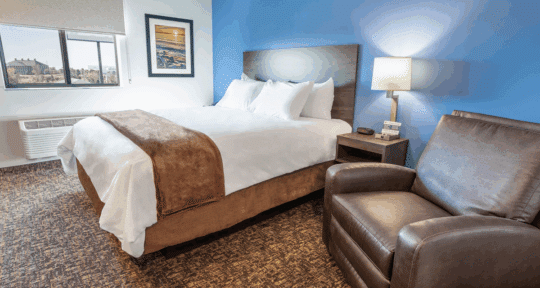Just before dusk, four women on horseback slowly tread through acres of dry sagebrush and pine trees along the banks of the Big Blackfoot River, in the golden shadow of the Mission Mountains. It is pastoral poetry—that is until Kodiak the quarter horse decides to get a good, deep belly scratch atop a ponderosa pine tree, with absolutely no regard for me, a city slicker squealing and flailing for dear life on top of him. With patient guidance from a wrangler at the Resort at Paws Up, a 37,000-acre Montana ranch, I finally get Kodiak to move.
Out here, there are many teachable moments, capable of reminding soft and spoiled urbanites like me that this is still the Wild West. The only way to get through it is with patience, backbone, and true grit.
Historically, this part of the world has been ruled by men—at least since Lewis and Clark’s expedition in the early 1800s—and their rough and ready attributes are strongly associated with cowboy culture. But now, thanks to a tight-knit group of formidable Western women, this land and its lessons belong to everyone.
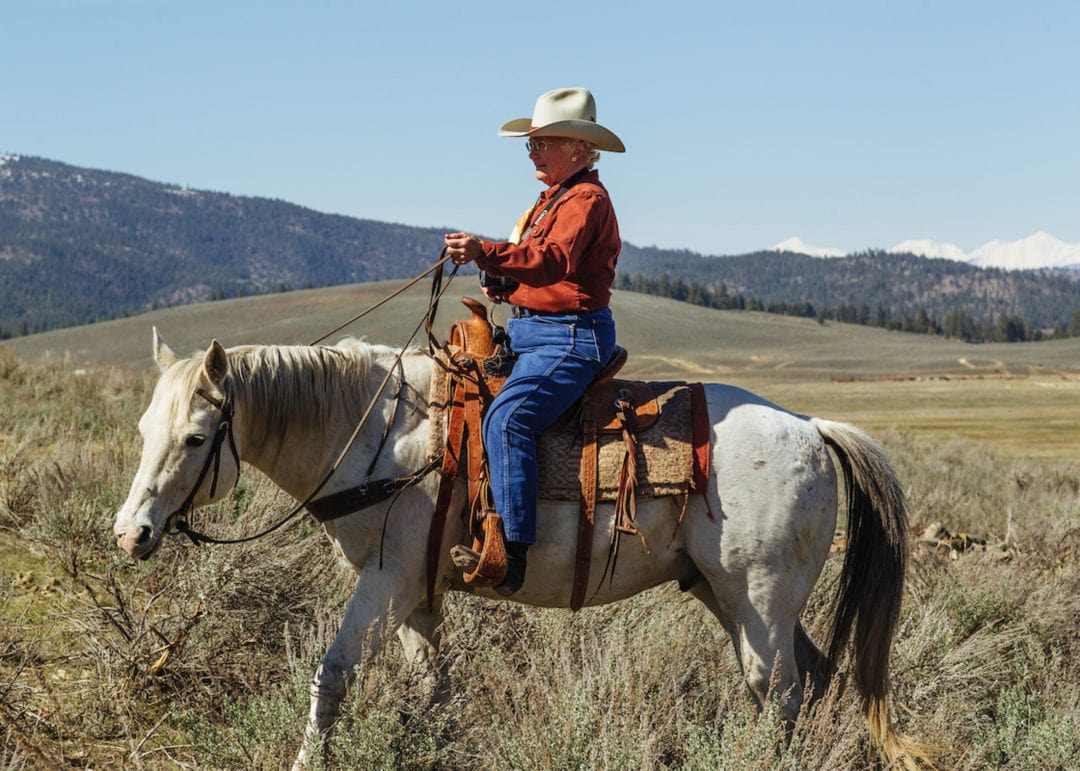
The cowgirl champion
In 1997, Nadine Lipson and her late husband, Dave, came to Montana and bought a working cattle ranch. They had previously owned a cattle ranch in Colorado and a horse breeding farm in Oklahoma, so they knew how to raise cattle in the snowy mountains.
The Lipson family feeds about 1,300 animals, including Black Angus cows, mustangs, quarter horses, and a herd of almost 200 bison. Originally, they had no plans to build a resort. But cattle ranching in Montana can be a low-margin business so, together with their enterprising son, Larry, the Lipsons opened their resort in 2005.
It was Nadine who invited the cowgirls. As a fellow member of the American Quarter Horse Association, she’d met Patty Colbert, a legend in the equine industry. Colbert introduced her to the National Cowgirl Museum and Hall of Fame in Fort Worth, Texas. The only museum officially dedicated to courageous women of the American West, it opened in 1975 with the purpose “not just to preserve cowgirl history, but to share it.”
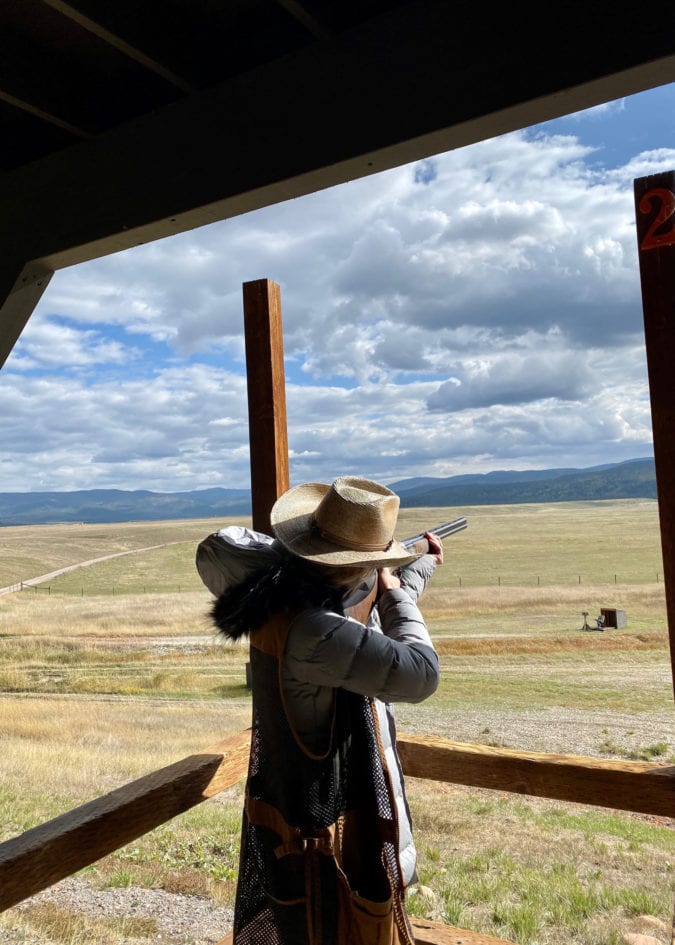

As a board member, Colbert created the museum’s “Cowgirl University” program, which hosts training weekends for women and celebrates artists, writers, ranchers, and pioneers. Past honorees include Sacagawea, principal guide for the Lewis and Clark expedition, painter Georgia O’Keeffe, writer Laura Ingalls Wilder, and sharpshooter Annie Oakley.
Nadine now hosts honorees at her own Cowgirl Spring Roundup weekend in April at the Resort at Paws Up, where 60 women get a chance to learn horsewomanship and other outdoor skills including trail riding, building campfires, and herding cattle. The three-day weekend builds camaraderie and has a charitable purpose, with a portion of the proceeds supporting flights and accommodations for the honorees.
“It’s not just about horses and ranching—it’s about the entire cowgirl spirit,” Nadine says. “Spirit can be transferred to anything a woman does—from working on Wall Street to managing a business to being chief executive of your household. It is a passion to be the best person you can be and to overcome any obstacle that comes your way.”
Magically moving mustangs
When women gather on a rugged expanse roughly twice the size of Manhattan, an inevitable question arises: What exactly does it mean to be a cowgirl?
“Cowgirl means a million different things, but around here, it’s camaraderie,” says Jackie Kecskes, equestrian manager at Paws Up. “After the Times Up movement, it’s about women finally coming together and building each other up, instead of perpetuating the cutthroat mentality of ‘I need to prove myself, no matter who I squash.’”
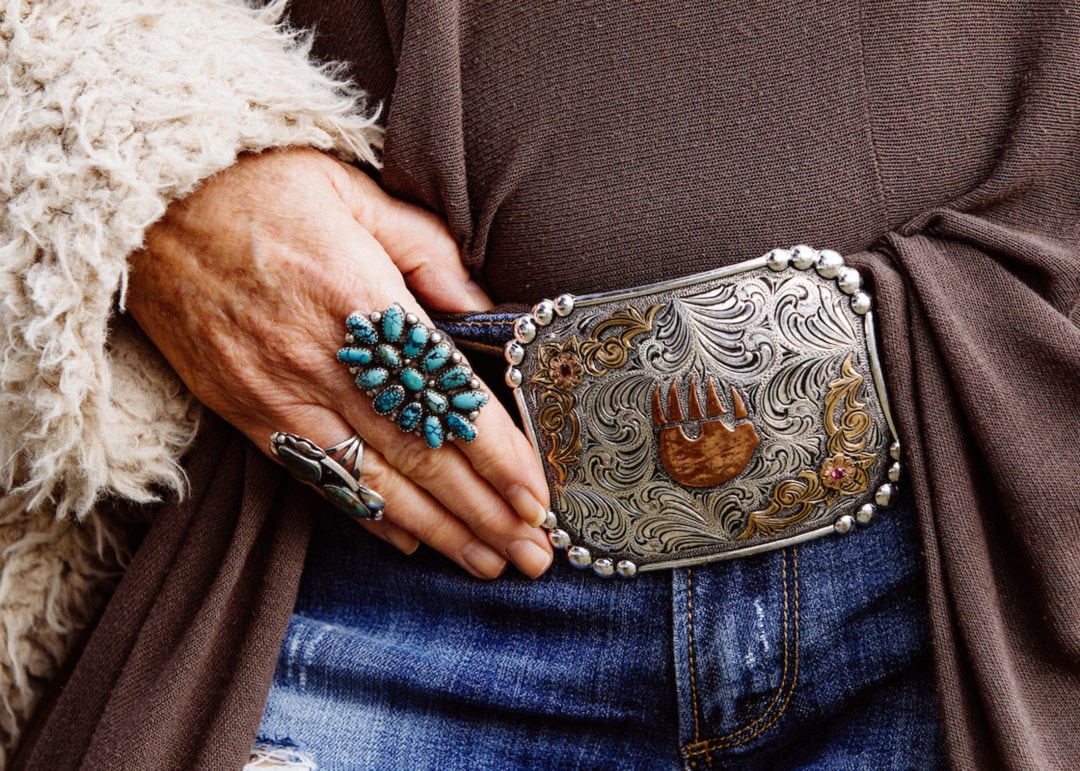
Kecskes is looking forward to participating in the next Cowgirl Roundup and her horse-whispering lessons are already on the itinerary. But, she clarifies, teaching other women how to handle horses has nothing to do with actual whispering—and everything to do with confidence.
This becomes apparent as I watch her work, and what Kecskes does seems like magic. She moves a massive mustang without raising her voice or making any aggressive movements. She’s alone in a bullpen with an animal whose sheer force could easily crush her. To watch the two move is like witnessing a delicate dance, where one partner leads and the other follows, always knowing when to trade places. There is something sacred about it, this relationship between trainer and animal. And Kecskes is a master. She has been riding since she was 5 years old and studied the techniques of famed trainer Buck Brannaman (Robert Redford hired Brannaman as his double in the 1998 film The Horse Whisperer).
“I do what I love,” Kecskes says. “I have an anxiety problem, and horses are the only thing that I have found that allow me to completely let go of everything else, and just focus on the dance. At other ranches, the boys get the harder horses and different responsibilities. Women are treated with kid gloves. I’ve heard many times, ‘It needs to be a male in this position.’ They all wanted a cowboy.”
-
Jackie Kecskes gives horse-whispering lessons. | Photo: Stuart Thurlkill, courtesy of The Resort at Paws Up -
The Big Blackfoot River. | Photo: Jennifer Leigh Parker -
Jackie Kecskes practicing horse whispering. | Photo: Stuart Thurlkill, courtesy of The Resort at Paws Up
During the Cowgirl Roundup, guests learn how to ride, rope, and train horses exclusively from women. What they don’t learn is how to “break” a horse. Instead, Paws Up practices what is called “natural horsemanship,” which is based on empathy rather than violence.
“Breaking horses refers to breaking their spirit,” Kecskes says. “It refers to roping it, tying it to a post, and stretching it out by its hind legs so it can’t fight. It’s fearing for its life, bucking and kicking. That’s traditionally what Western horse training has been. It’s ignorance. You can use subtle force to get a horse to perform a certain way.”
The jolly rancher
Leigh Kelley is a ranch manager, responsible not just for raising and selling commercial cattle and bison, but also managing the natural resources that support the ranch’s 1300-plus animals.
“We have to have viable grasses, which means I must manage fire danger, and provide good clean water,” says Kelley, who grew up on a cattle ranch in California and now lives in Greenough with her husband and two children. “When bison came here historically, they’d come here for a month, and may not return for two to three years. That migration is really healthy for the plants. We’re trying to mimic a grazing system like that.
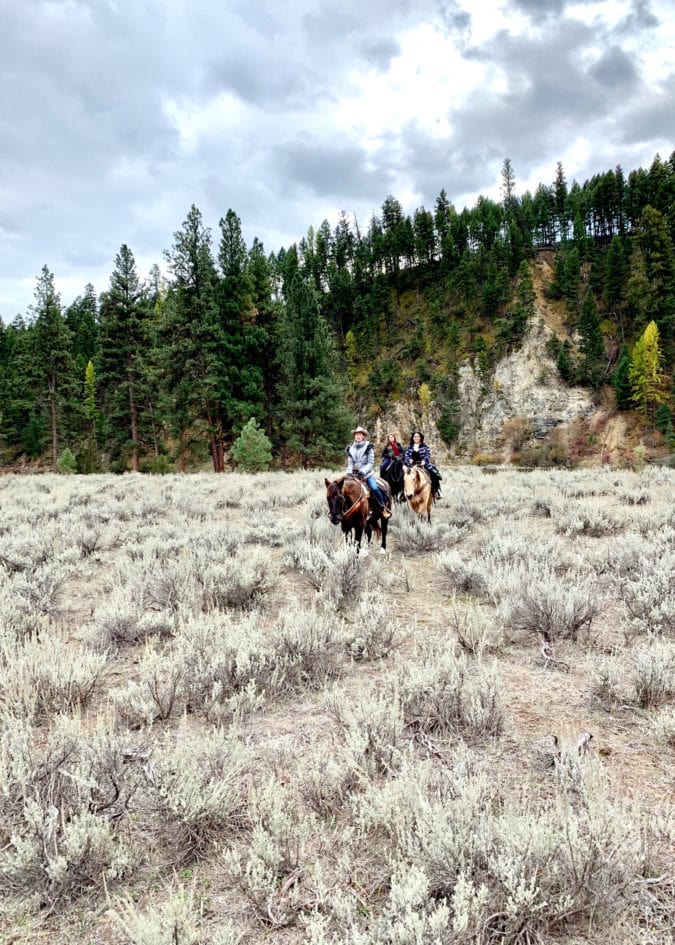
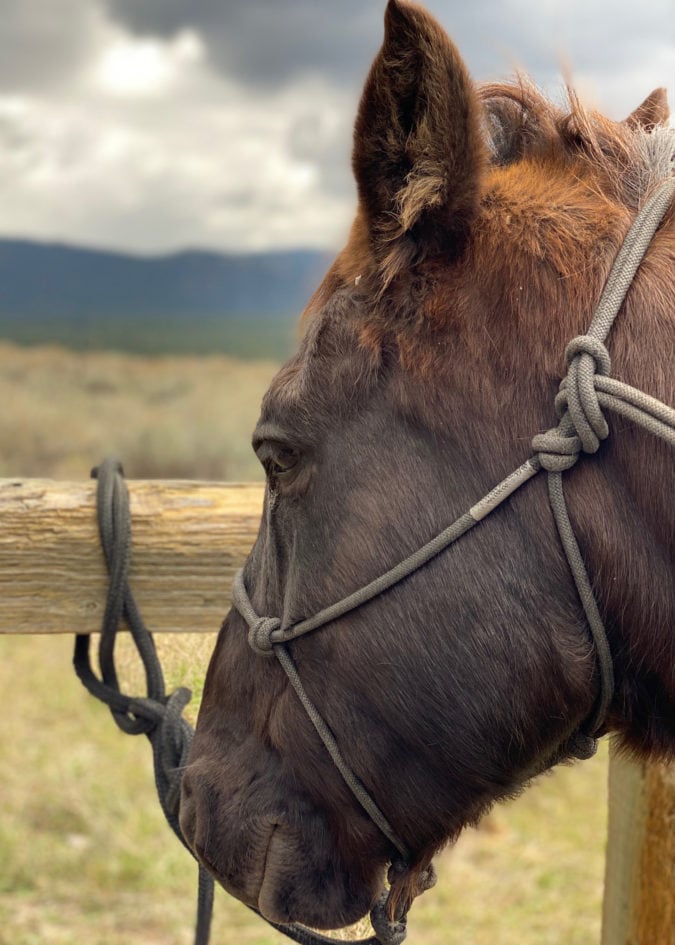
This difficult business is another favorite topic for Kelley, who explains it to wagons full of Cowgirl Roundup women as they ride through Paws Up pastures, learning how to raise calves and how to keep apex predators—including grizzly bears, wolves, and mountain lions—at bay.
“It’s hard to make a living as a cattle producer,” Kelley says. “If I can’t make enough money raising cows on this landscape, we have to subdivide and sell, sometimes to an out-of-state landowner that locks up hunting rights. That results in a loss of open space. And the beauty of Montana is in its open spaces.”
Looking at these vast pastures surrounded by majestic snow-capped mountains beneath a star-filled sky, I have to agree.
Hard, cold, dirty days
The Cowgirl Museum honorees draw women from around the world. Barbara Van Cleve was inducted into the hall of fame in 1995 for her photography. Van Cleve grew up on a ranch outside of Big Timber, Montana, riding horses and branding cattle. She’s since dedicated her life to capturing the ranching life in her images, especially the lives of women. Since she’s the only living honoree that teaches photography, she was invited by Nadine to teach workshops during Paws Up’s annual roundup.
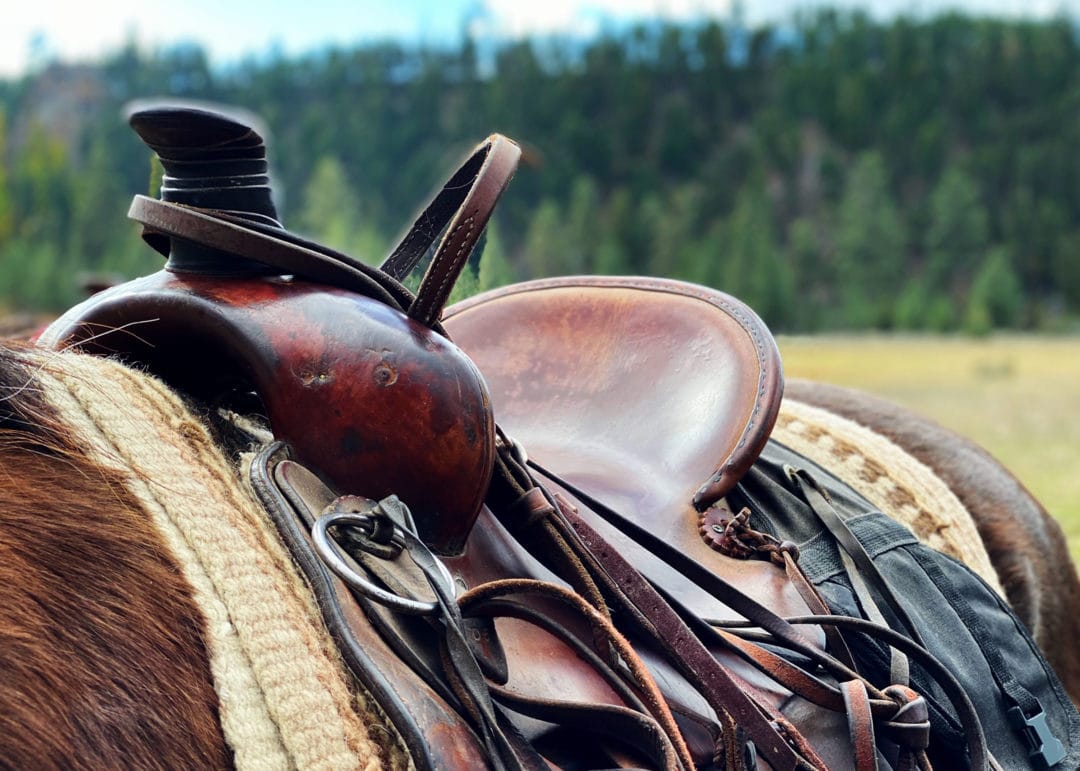
“The word cowgirl threw me off,” Van Cleve says. “I always think of them as buckle bunnies at the rodeos—just dressed up to ride horses, but not real ranch girls. So, I had trouble at first, but then, that dropped away after I got to meet the other honorees.” She reminisces about meeting Jan Yoren, a “bareback trick rider of the old days,” and country singer Patsy Montana. “She was just a shy little thing dressed in a white outfit, with a big beautiful voice,” Van Cleve says.
After graduating from Dushein college in Nebraska, Van Cleve earned her masters in Victorian Poetry from Northwestern in Evanston, Illinois. It was a major key to her development as an artist.
“Don’t look askance at poetry. Those words create pictures,” she says, pausing to reflect. “It was natural for me to see the words as images. It has been a lifelong passion for me to communicate to people how wonderful ranching is and was. Hard days, cold days, dirty wet days. I still think it’s the greatest life ever.”
If you go
The Cowgirl Roundup takes place at the Resort at Paws Up every April.
